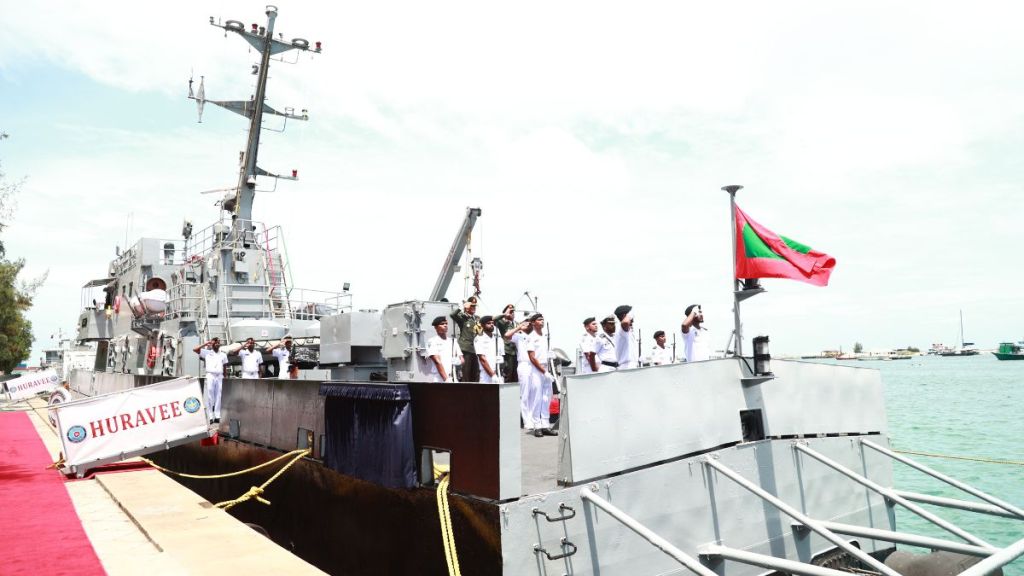In order to bolster its operational capabilities along the Sir Creek Area of Gujarat and the Brahmaputra river basin, including the Sundarbans, the Indian Army has issued two separate requests for information (RFI) to acquire Landing Craft Assaults (LCA) and Fast Patrol Boats (FPB). This development follows recent tensions between India and Pakistan in the strategically vital Sir Creek area.
The primary objective entails procuring eight Landing Craft Assaults and six Fast Patrol Boats, each playing a crucial role in enhancing the region’s security. According to the RFI, Landing Craft Assaults will fulfill various roles, including the transportation of vehicles and materials, random boat patrols, and limited search and rescue missions in the Sir Creek area, Brahmaputra River, and the Sunderban delta of West Bengal.
The Fast Patrol Boats, on the other hand, will be deployed for surveillance, patrolling, and interception, both at sea and over water bodies, encompassing the Sir Creek area.
Earlier this year, reports emerged concerning heightened tensions in the Sir Creek area between India’s Border Security Force (BSF) and Pakistan Marines, after the adversary adopted an assertive stance. In response, the BSF mobilized its resources to match the adversary’s strength.
About Sir Creek Area
The Creek, a 98-kilometer narrow waterway, stretches between India and Pakistan in the marshy regions of the Rann of Kutch, eventually flowing into the Arabian Sea. The area is known for its inhospitable weather and terrain, and it’s also home to venomous snakes.
RFI for FPB & LCA
As specified in the RFI, the Landing Craft Assaults (LCA) and Fast Patrol Boats (FPB) must possess the capability to navigate water bodies without the need for jetties. They should be operable in water with minimal draught, adaptable to unpredictable or variable terrain conditions, and capable of maintaining high speeds.
Landing Craft Assaults
The LCA should exhibit robustness and versatility to ensure the seamless execution of various operations, including patrolling, fast attack, and interception across diverse terrains and operating conditions. Safety of the operator and mitigation of operator fatigue are paramount considerations while maintaining the stringent standards for military use. It is designed to accommodate 35 personnel, including the crew, along with equipment and weaponry.
Moreover, it should exhibit a sailing endurance of eight hours at a speed of 14 knots, with the capability to operate effectively even in sea state 4 conditions.
Fast Patrol Boat
The Fast Patrol Boat must be characterized by exceptional maneuverability up to sea state 4 while maintaining maximum speed under full load conditions. The boat must also exhibit stability and resistance to capsizing.
Similar to the Landing Craft Assaults, the FPB should be rugged and versatile, capable of executing tasks such as small team insertion, surveillance, reconnaissance, and patrolling across diverse terrains and operating conditions. This includes missions akin to the operational role of a small team task force or MOTF (Mission Orienting Task Force).
The Fast Patrol Boats are designed to reach a maximum speed of 35 knots at sea state 2 with a crew of four on board, encompassing a total payload of 500 kg, inclusive of personnel weight and battle load. Furthermore, the FPB should be able to operate at a maximum of 29 knots at sea state-2 with eight personnel on board, including the crew, at full load displacement, constituting a total payload of 1000 kg.
Integrated Surveillance and Targeting Systems
The Army has also issued an RFI for the procurement of 118 Integrated Surveillance and Targeting Systems (ISAT-S), with a requirement of a minimum of 60% indigenous content. These surveillance drones and loitering munitions should be capable of launching from altitudes up to 4500 meters (14500 ft) above mean sea level and must function with major navigation systems, even in environments where access is restricted or denied.
Previously …
In May this year, during his visit to Maldives, defence minister Rajnath Singh handed over two `Made in India’ platforms — Fast Patrol Vessel and a Landing Craft Assault ship to the Maldives National Defence Forces (MNDF).


